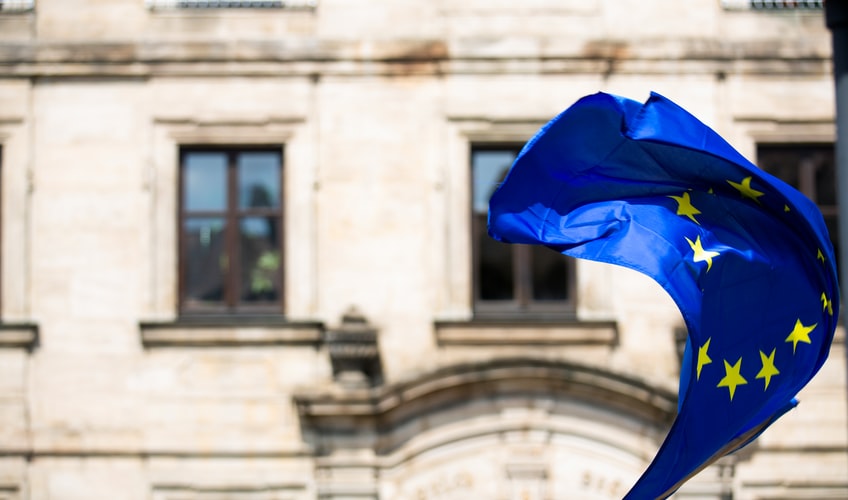
31Jul
CLIC Participation to the EC Workshop on Complementary Funding for Cultural Heritage
The European Commission, through its Work Plan for Culture 2019-2022, organised a first workshop on 25-26 January 2021 on the economic sustainability of cultural heritage, in which the CLIC project also took part.
Cultural heritage is a key aspect of the identities of citizens and communities. The role of cultural heritage as a support for social cohesion, dialogue, civic engagement and collective empowerment is increasingly evident, but it is also an economic driver, enabling job creation and territorial development. For this reason, the mobilisation of funds for its preservation and promotion is also crucial for the European institutions.
In order to promote the economic sustainability of cultural heritage, the European Commission, through The Work Plan for Culture 2019-2022, organised a first workshop on 25-26 January 2021. The aim was to identify new sources of funding for cultural heritage and transferable best practices in order to promote its economic sustainability. This theme was also highlighted by the European Court of Auditors which recommended that the European Commission “encourages the use of private funds to safeguard Europe’s cultural heritage”. This authority promoted the studies and analysis of European good practices, including exploring the possibility of developing a system based on private funding for heritage sites.
Workshop participants included, among other leading experts, Professor Tracy Pickerill from Dublin Technological University, and Aliona Lupu, Senior Advisor to INIZIATIVA, as representatives of the CLIC project.
The presence of CLIC in such a context, in the session “Mixed Sources and Project Presentations”, is due to the conceptual framework that the CLIC project has deveoped for financial instruments and business governance “archetypes” such as sustainable business models. A holistic framework was presented in the form of a flexible Toolkit of Financial Instruments and Business Models, incorporating tools for leveraging investment, mitigating risk and building stakeholder capacity for adaptive reuse of cultural heritage.
In addition, topics were discussed on how to make cultural heritage attractive to private investors, innovative public-private partnerships, crowdfunding, fundraising, lotteries, philanthropic funding and donations, sponsorship, corporate grants, patronage donations and corporate use fees. The listed tools should not be considered in silos, or as necessarily alternative solutions. Instead, they should be studied as components of the funding mix. There are several examples of mixed or blended sources. The combination of two or more instruments, indeed, makes it possible to meet financial needs more efficiently and to address different aspects (e.g. focusing on short- and long-term measures).
